What Amazon is planning to do next
What's next for Amazon?

From an online bookstore that was launched in a garage back in 1994 to the global e-commerce colossus we all know today, Amazon's journey to the top has been astronomical. Now the world's third-largest company by revenue, business boomed for the online retail giant during the COVID-19 pandemic. But what's next for the brainchild of Jeff Bezos?
As the company reveals its latest product updates, read on to discover the plans and projects Amazon is working on right now. All dollar amounts in US dollars, unless otherwise stated.
1. The iconic movie studio purchase
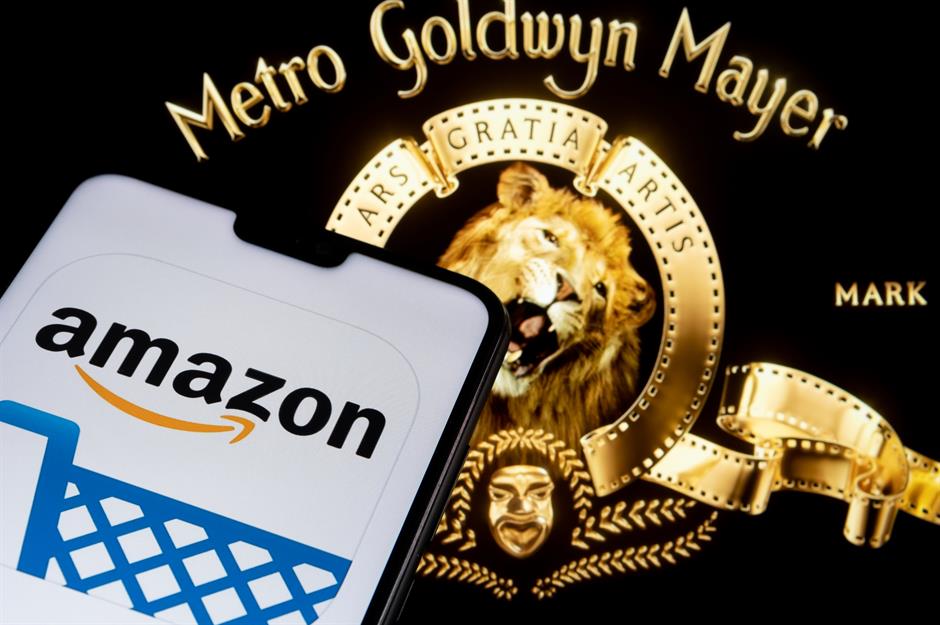
Amazon took ownership of legendary movie studio MGM in March 2022.
The $8.45 billion (£5.9bn) deal was finalised amid speculation that the Federal Trade Commission might challenge the takeover bid.
After all, the US government agency had been conducting an antitrust probe into Amazon for several years, with a focus on the cloud computing and retail arms of the business. It had also suggested a lawsuit be filed against Amazon due to privacy and data breaches.
However, the lawsuit recommendation was ultimately suspended, and the purchase of MGM went ahead.
1. The iconic movie studio purchase

With its roaring lion mascot, MGM is perhaps Hollywood's most iconic studio, and has produced classic films such as Singin' In The Rain and the James Bond franchise.
The acquisition means that subscribers to Amazon Prime have access to 4,000 films, as well as 17,000 TV episodes, helping to heat up the ongoing war between the streaming service providers.
It may also sweeten the sting of Amazon's membership price hikes; back in February, Amazon Prime raised its prices for the first time since 2018, and Europe saw further rises later in the year.
2. Partnership with Grubhub

On 6 July this year, Amazon announced a new partnership with American food delivery company Grubhub.
As part of the deal, US members of Amazon Prime will be able to sign up for Grubhub+, entitling them to unlimited free delivery on Grubhub orders as a perk of their subscription.
2. Partnership with Grubhub
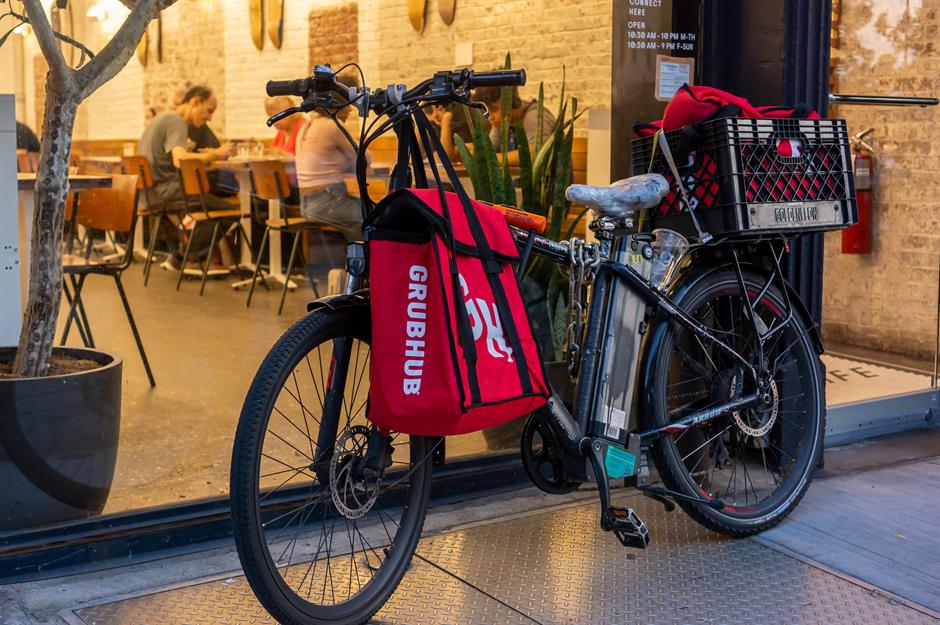
Amazon has dabbled in food delivery before, but without much success. Back in June 2019, it announced that it was shutting down the restaurant delivery system that it had been trialling in around 200 cities across America.
With the new Grubhub partnership – not to mention a rumoured acquisition on the cards – Amazon is clearly keen to step back into the space, a move that could reinvigorate the sector as it battles dwindling post-pandemic takeout orders.
3. E-cargo bike deliveries in London
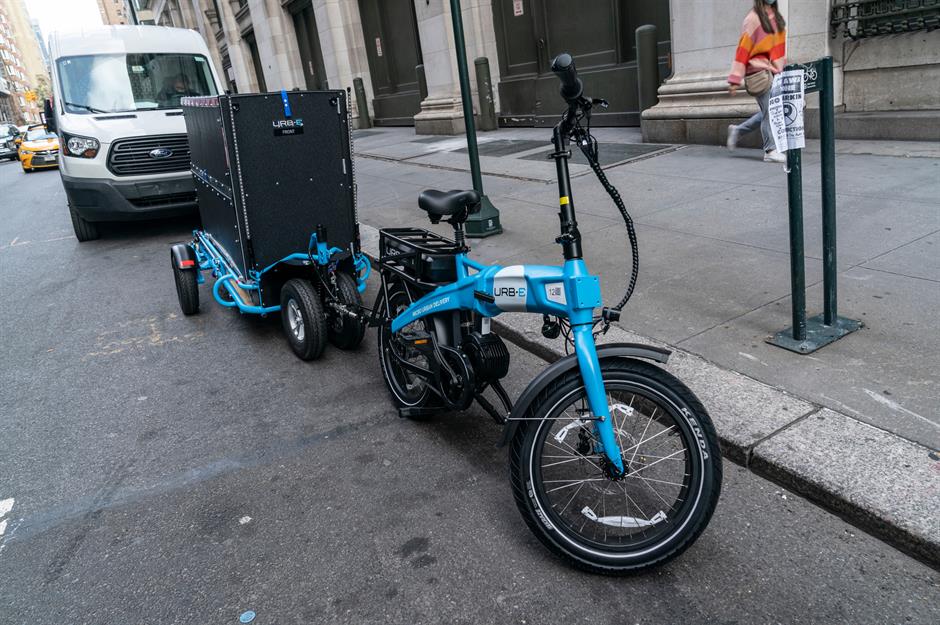
Back in July, Amazon announced a new step in its journey towards net zero: the launch of a fleet of e-cargo bikes to replace some of its van deliveries in London.
The idea follows in the footsteps (and tyre tracks) of UPS, which had already tested four-wheeled eQuad bikes throughout the English capital.
Pictured is an Urb-E bike and trailer, which Amazon uses for deliveries in New York.
3. E-cargo bike deliveries in London
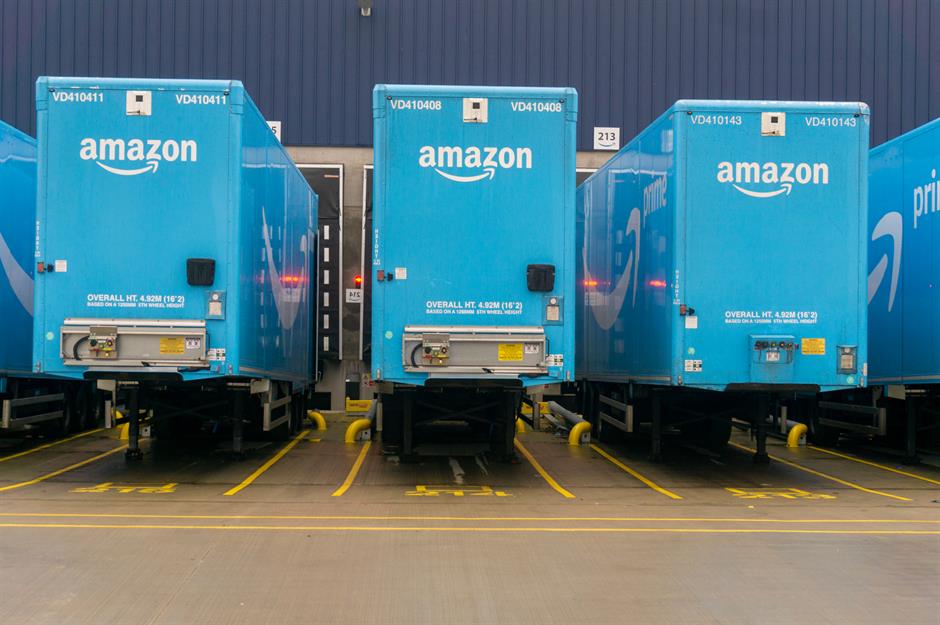
The move came in the wake of the expansion of London's ultra-low emissions zone (ULEZ), an initiative that aims to reduce pollution and congestion in the city.
The e-cargo bikes, which are stored at Amazon's "micromobility" hub in Hackney, London, are used alongside the company's 1,000 electric vans to carry out over five million deliveries across 10% of the ULEZ.
4. On-foot deliveries
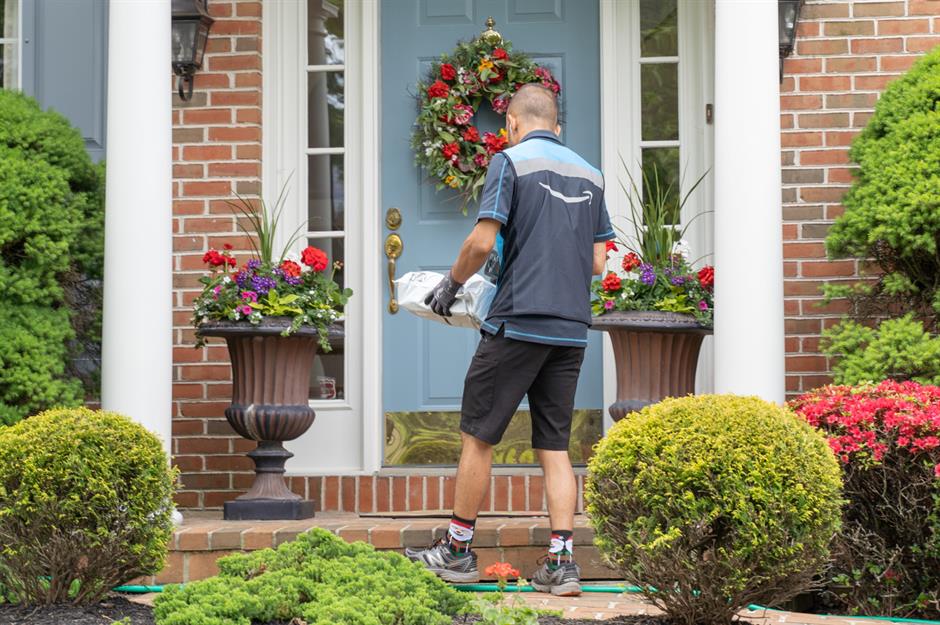
And Amazon isn't stopping there. The company will also be introducing on-foot deliveries in London, a system already successfully used elsewhere around Europe.
John Boumphrey, the UK Country Manager at Amazon, explains: "Our new e-cargo bikes, walkers, and growing electric vehicle delivery fleet will help us make more zero emission customer deliveries than ever before across London and the UK in the coming months".
5. "Alexa, can you be my constant companion?"
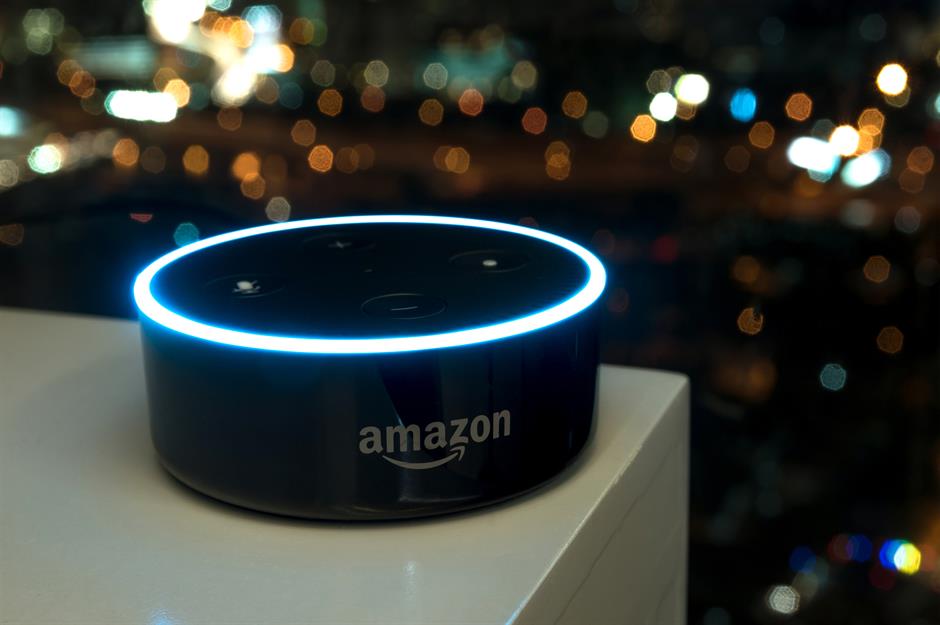
When it comes to artificial intelligence (AI), one name has helped Amazon to dominate the field: Alexa.
Speaking about the cloud-based voice assistant in 2018, Priya Abani, director of Amazon Voice Services, summed up the company’s ultimate ambition as "a world where Alexa is everywhere".
Amazon wants AI-powered Alexa to be a constant presence in its customers' lives, available to users 24/7 to help run their homes and provide companionship.
5. "Alexa, can you be my constant companion?"
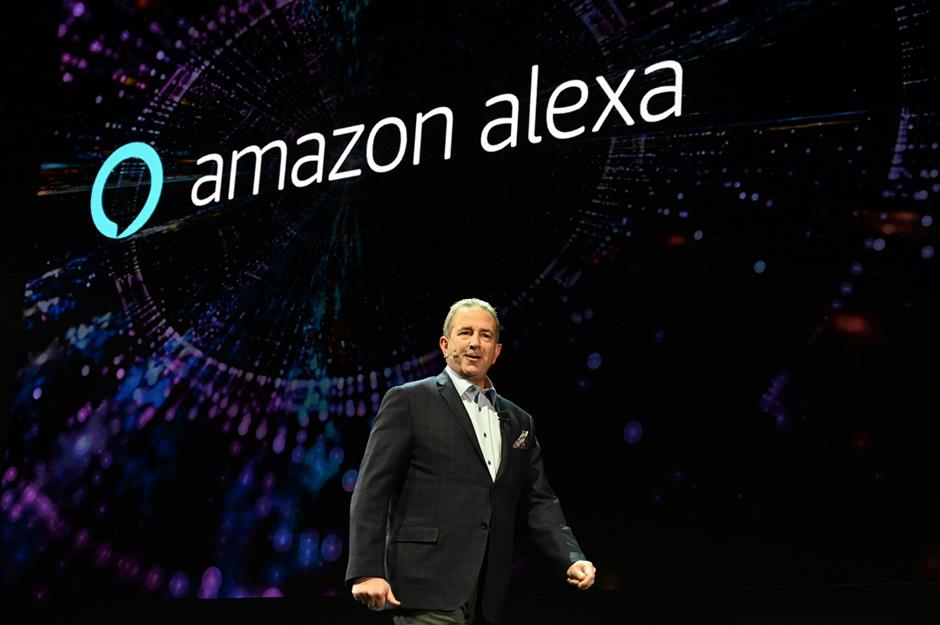
Despite its name, Alexa still lacks the human touch – but Amazon wants to improve on that. To make interactions feel more natural, it plans to remove the need to start requests with the wake word "Alexa", which is currently essential. Instead, the device will eventually be able to respond to queries such as "can you turn the lights on, Alexa?", as well as noises like a dog barking or a baby crying.
In November 2021, the company launched the Alexa Care Hub, which allows a vulnerable person’s device to be paired with a family member’s, making it easier for people to keep in touch with elderly or infirm relatives.
Initiatives such as this will generate data that could one day allow Alexa to help its users tackle health problems. However, it's also raised questions about how deeply we really want this kind of tech integrated into our lives…
6. Investing in India
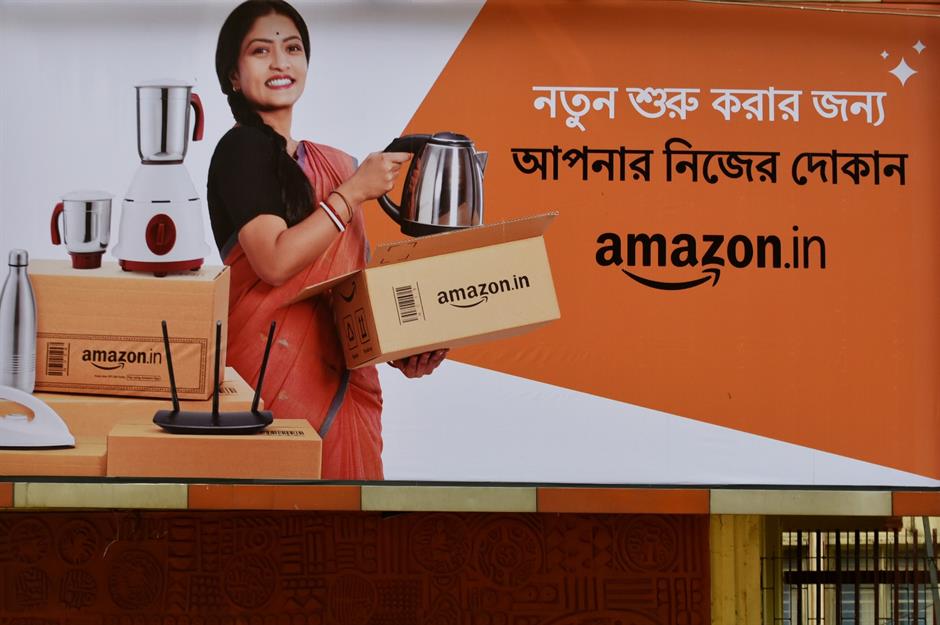
After declaring that the 21st century will be "the Indian century", Bezos has certainly put his money where his mouth is.
In late 2020, just months before Bezos stepped down as CEO, Amazon pledged a whopping $1 billion (£800m) investment towards digitising small- and medium-sized businesses across India, enabling them to trade online.
Bezos also announced that Amazon would be exporting India-made goods worth $10 billion (£8bn) by 2025, with the company keen to secure a firm position in the country’s retail market.
6. Investing in India

Not everyone in India has welcomed these measures, however, with some locals fearing that it could damage their bricks-and-mortar businesses.
But the ongoing investment could have one serious upside. In July, Amazon India announced the launch of Alexa Originals, a playlist of exclusive new songs by four independent Indian artists: Lisa Mishra, Vibha Saraf, Gulraj Singh, and Diesby.
Alexa users can now listen to the songs for free, and the move has reportedly driven a 37% increase in the average monthly plays of independent songs.
7. AI-powered home robots
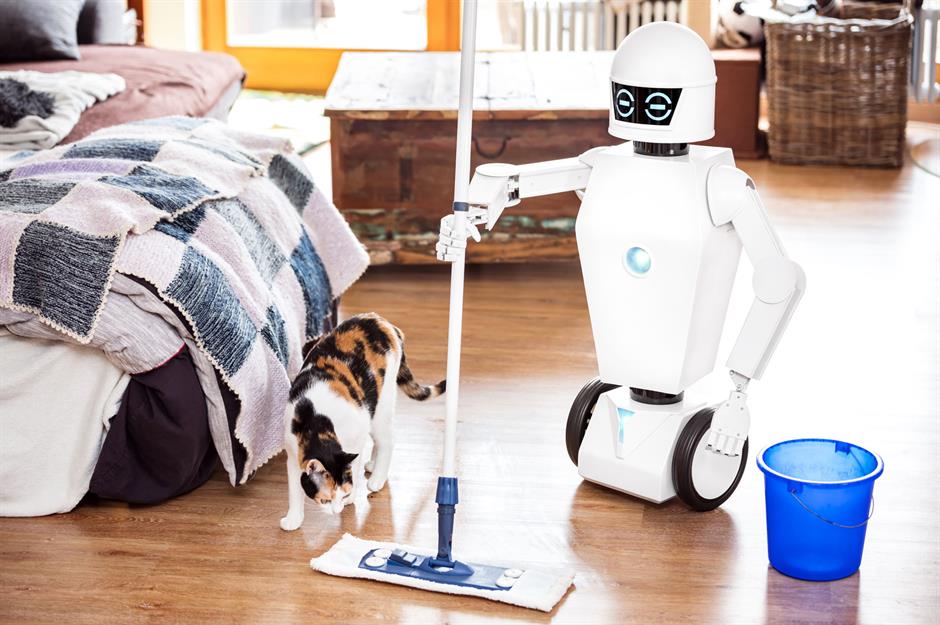
In April 2018, Bloomberg revealed that Amazon is working on a project that could really shake things up: a next-generation smart robot for the home that will be powered by AI.
Codenamed "Vesta" after the Roman goddess of the home and family, the robot (not shown here) will reportedly be able to assist with household chores and generally make everyday life that little bit easier for its humans.
7. AI-powered home robots
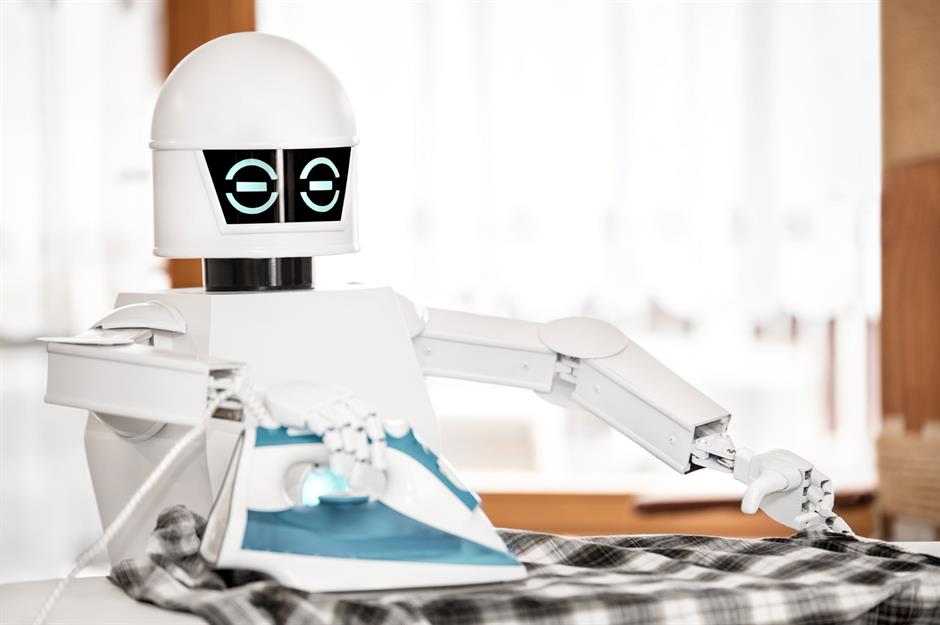
The domestic robot (not shown here) is being developed by Amazon's Lab126 hardware and research division, which is distinct from Amazon Robotics, the subsidiary that makes industrial fulfilment robots for the company's warehouses.
Lab126 has reportedly been working on the project for a number of years. According to the most recent reports, which were published in March last year, the robot's development is nearing the final stages, with prototypes being deployed to the homes of selected Lab126 staff for testing.
But while there have been no recent announcements about Vesta, the company has revealed updates to its $999 (£899) robot Astro. The latest software upgrade will enable it to detect pets in the home, taking short video clips of them to send to their owners when they're not at home. Astro will also be able to tell whether windows and doors have been left open, while working in conjunction with the company's Ring security cameras to determine whether emergency services need to be called.
8. Expanding into health and wellness
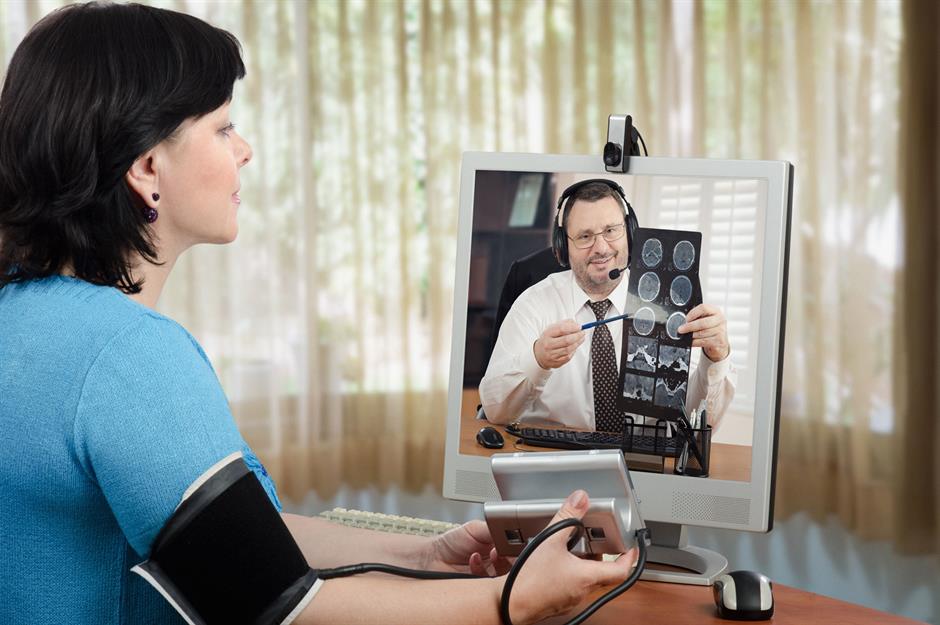
Amazon has been supplying hospitals for years, but it now has plans to take the medical side of its business to the next level.
In May 2022, Amazon Web Services (AWS) launched its latest AWS Healthcare Accelerator, a programme that will provide four weeks of training, support, and guidance to 10 US medical start-ups that are working to promote health equality.
AWS has also recently partnered with Chicago-based start-up incubator Matter to help international healthcare companies move to the US. But it's not solely focused on healthcare businesses; its latest wellness product updates included the Halo Rise, a sleep tracker that works using a combination of sensors and machine learning to work without having to be worn.
9. Fleets of delivery drones
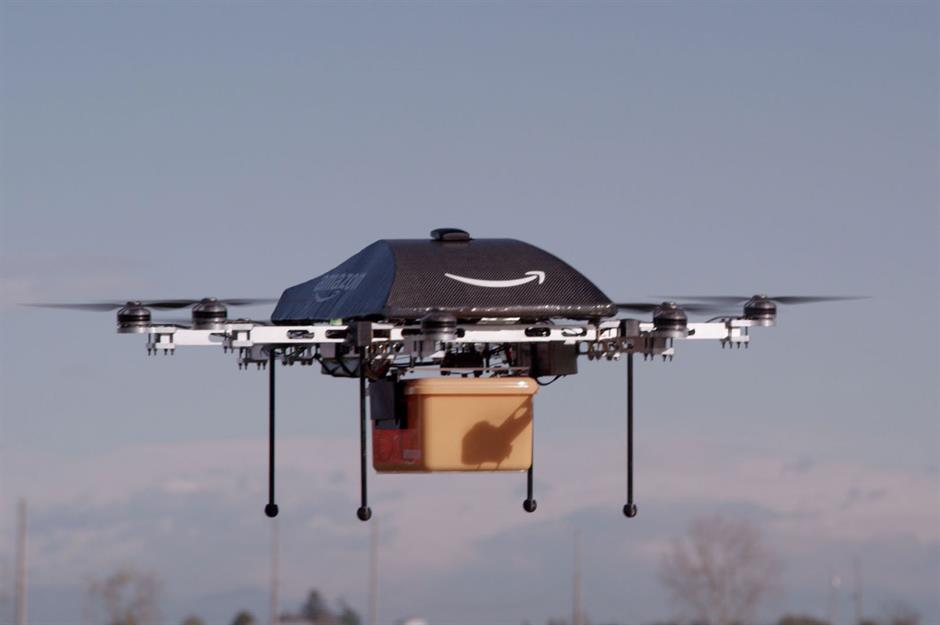
Amazon isn’t just taking over the roads when it comes to delivering our packages.
There's been a lot of hype surrounding the Amazon Prime Air drone delivery service since December 2013, when founder Jeff Bezos first mentioned the firm's plans to develop the concept during a US TV interview.
Three years later, the first Prime Air package was delivered at breakneck speed in a trial carried out in Cambridge, England, which has a Prime Air fulfilment hub nearby. The airborne delivery took place just 13 minutes after the order was placed.
9. Fleets of delivery drones
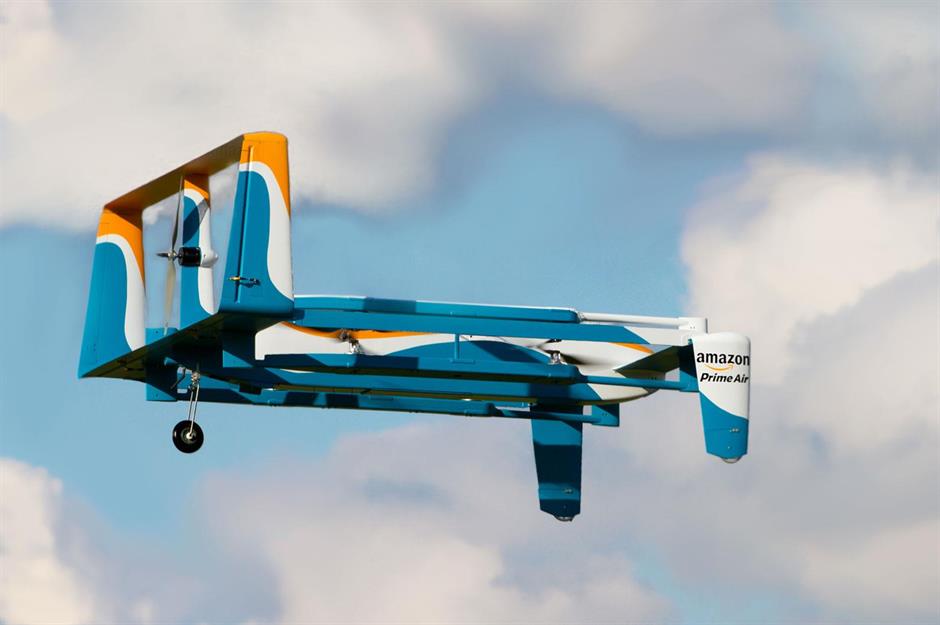
The drone delivery service was due to get going at the end of 2019 in the UK, but this was then quietly postponed to summer 2020. In August 2021, it was announced that over 100 Amazon Prime Air employees had been made redundant.
While a fixed launch date still hasn't been announced, Amazon shared in June 2022 that customers in Lockeford, California will be the first to trial the new drone service "later this year".
The company has described the move as "another innovation milestone to the town's aviation history" and will give residents the chance to offer valuable feedback about the delivery system before Amazon rolls it out to other cities across the US.
10. Home security drone
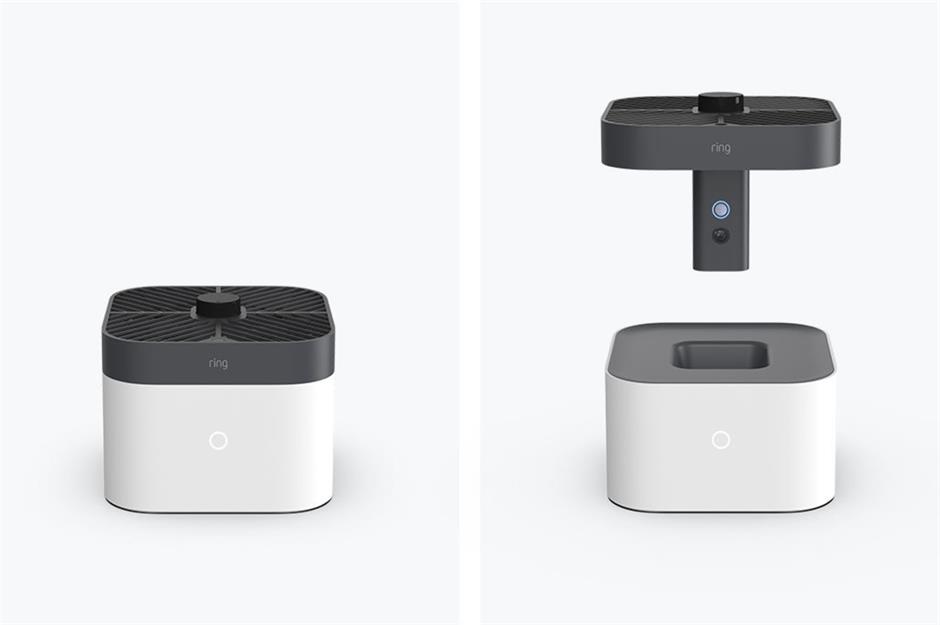
And drones aren’t just for outdoor use. In September 2020, Amazon announced a plethora of exciting new tech developments, including a home security drone that could patrol the house when it’s empty.
The Ring Always Home Cam is a flying upgrade to the Indoor Cams already manufactured by Ring, which Amazon acquired back in 2018.
10. Home security drone
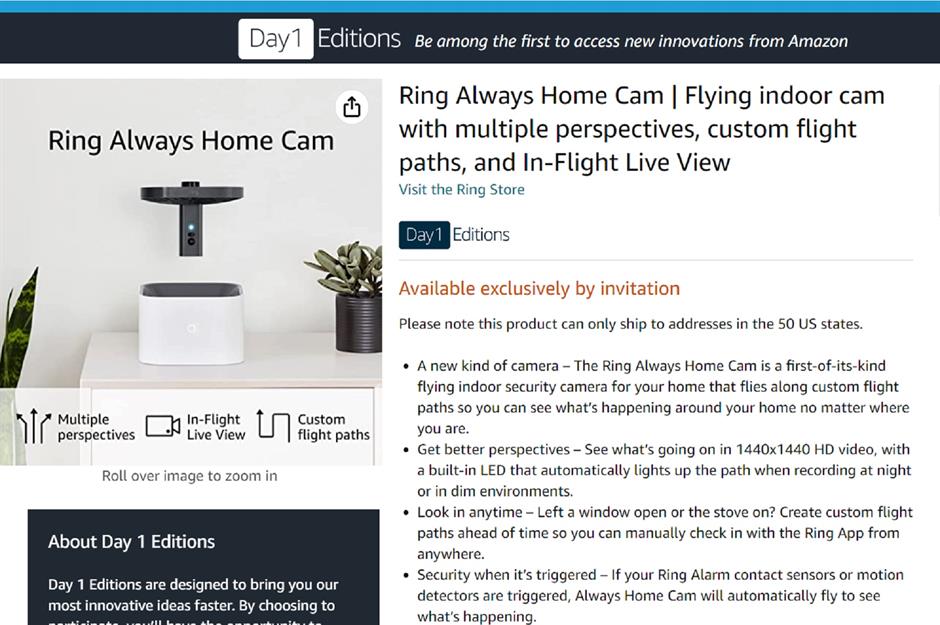
The levitating Ring Always Home Cam flies the route of your choosing around your property, allowing continual home surveillance that links straight to your smartphone.
According to the Amazon website, the product is currently available "exclusively by invitation", despite initial claims that it would be launched by the end of last year.
From online shopping to off: discover the sad stories of America's abandoned shopping malls
Comments
Be the first to comment
Do you want to comment on this article? You need to be signed in for this feature